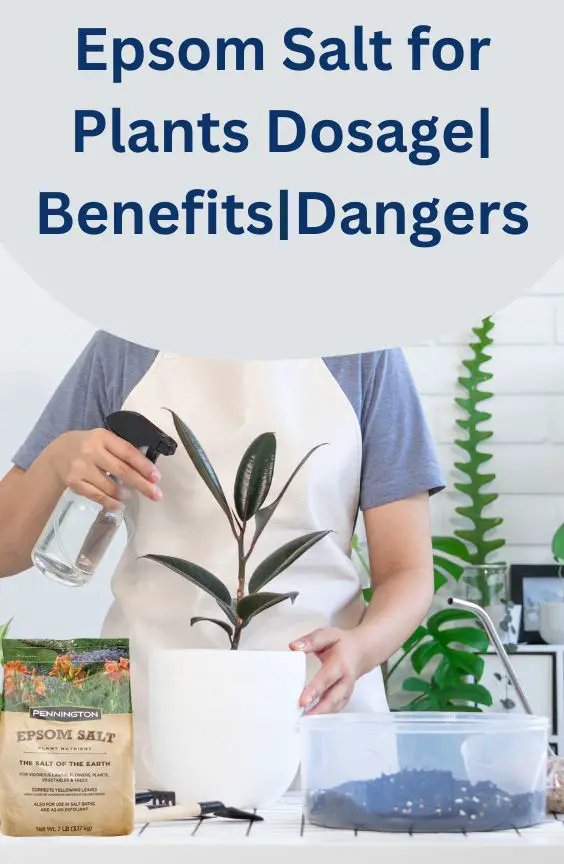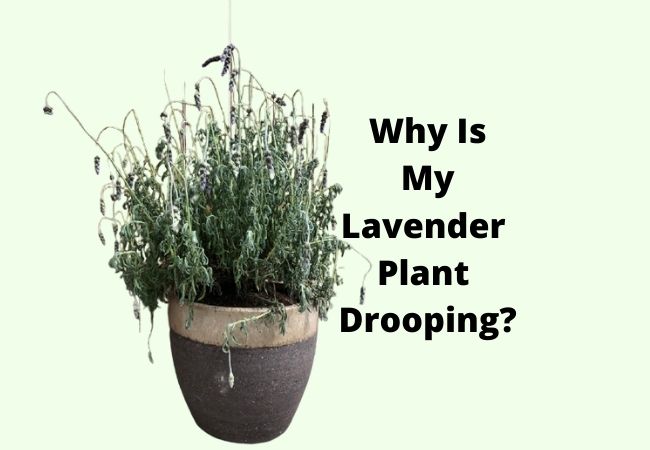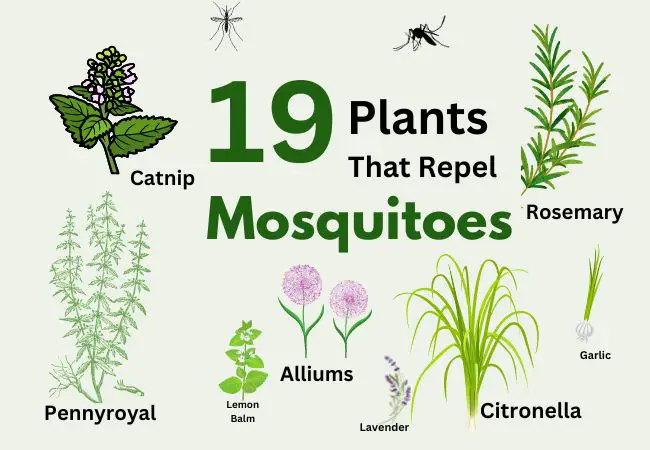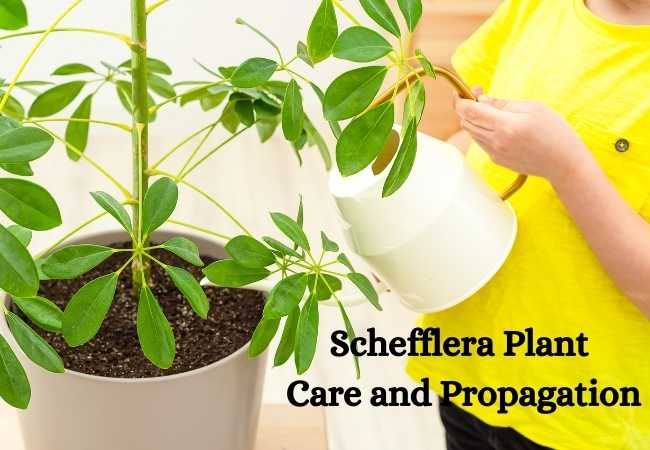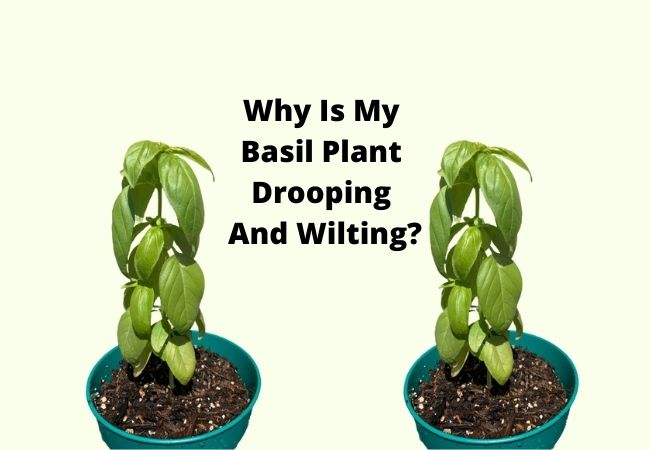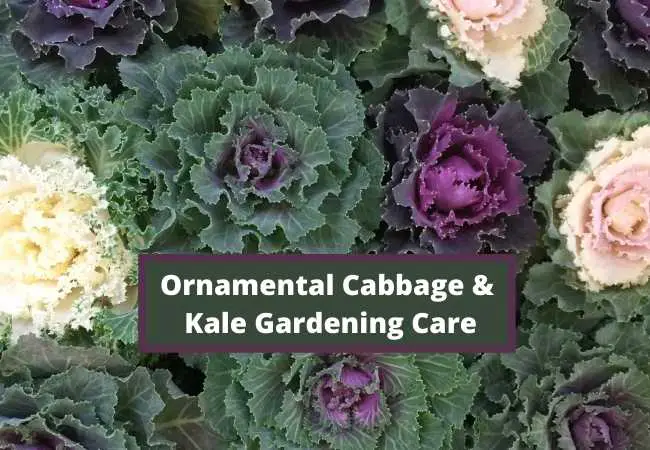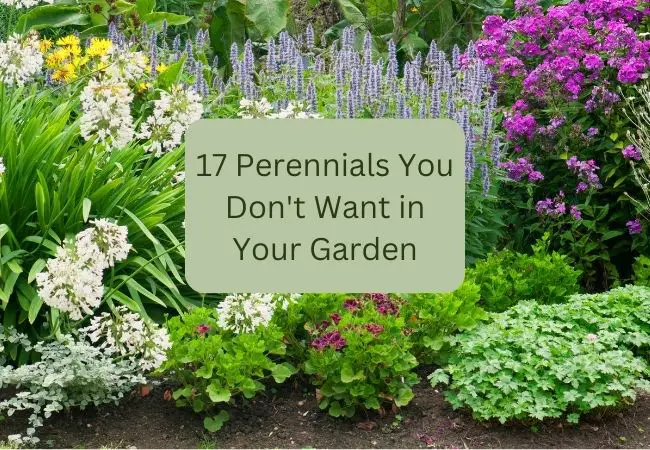Epsom Salt for Plants Dosage and Benefits

Epsom salt for plants dosage and benefits as well as everything else you need to know about using Epsom salt. When used properly, Epsom salt can support lush and thriving plants.
Epsom Salt for Plants Dosage and Benefits
Epsom salt, also known as magnesium sulfate (MgSO4), is a naturally occurring mineral compound.
Epsom salt has gained popularity among gardeners and plant enthusiasts for its beneficial effects on plant growth. Composed of magnesium, sulfur, and oxygen, Epsom salt provides essential nutrients that support various physiological processes in plants.
In this post, I will explore the benefits of Epsom salt for plants and discuss effective application methods to maximize its positive impact on your plants.
Benefits of Epsom Salt for Plants
Magnesium Supplementation
Magnesium plays a crucial role in plant growth, as it is an essential component of chlorophyll, the pigment responsible for photosynthesis.
By supplying plants with an adequate amount of magnesium, Epsom salt promotes healthy leaf formation, enhances the efficiency of energy production, and supports overall plant growth.
Symptoms of magnesium deficiency, such as yellowing leaves and stunted growth, can be alleviated through the application of Epsom salt, ensuring optimal nutrient balance in plants.
Sulfur Supplementation
Sulfur is another vital nutrient that plants require for various metabolic processes. It is involved in the synthesis of amino acids, enzymes, and vitamins, contributing to the overall health and vigor of plants.
Epsom salt serves as an excellent source of sulfur, addressing sulfur deficiencies that can lead to reduced plant growth and diminished crop yields.
By incorporating Epsom salt into the soil or nutrient solution, gardeners can ensure that plants have access to an adequate supply of sulfur.
Enhanced Nutrient Uptake
In addition to directly supplying magnesium and sulfur, Epsom salt can enhance the uptake of other essential nutrients by plants.
It improves the availability and absorption of nutrients from the soil, thereby increasing the efficiency of fertilizers.
This phenomenon is particularly significant for nutrients like phosphorus, nitrogen, and potassium, which are essential for plant growth and development.
Incorporating Epsom salt into the soil or using it as a foliar spray, helps gardeners maximize the utilization of these vital nutrients by plants.
Epsom Salt Application Methods
Soil Application
To apply Epsom salt to the soil, it is crucial to determine the appropriate amount based on the specific needs of the plants and the characteristics of the soil.
Conducting a soil test will provide valuable insights into the magnesium and sulfur levels, allowing gardeners to make informed decisions.
Once the quantity is determined, the Epsom salt should be thoroughly mixed into the soil during preparation or applied as a top dressing around the plant’s root zone.
Regular applications at appropriate intervals ensure a steady supply of magnesium and sulfur to the plants.
Foliar Application
The foliar application involves spraying a diluted Epsom salt solution directly onto the foliage of plants. This method allows for quick absorption of nutrients through the leaves, bypassing potential soil nutrient limitations.
To prepare the Epsom salt solution, dissolve the appropriate amount of Epsom salt in water and use a spray bottle to apply it evenly to the plant leaves.
It is essential to perform foliar spraying during the cooler parts of the day to minimize the risk of leaf burn.
Regular foliar applications, especially during critical growth stages, can enhance nutrient uptake and promote robust plant growth.
Hydroponic Systems
For hydroponic gardeners, incorporating Epsom salt into the nutrient solution is a simple and effective way to provide plants with magnesium and sulfur.
Follow the recommended concentrations based on the specific hydroponic system being used, ensuring that the Epsom salt is fully dissolved before adding it to the nutrient solution.
Regular monitoring of nutrient levels and adjustments to maintain the appropriate Epsom salt concentration are essential for optimal plant growth in hydroponic setups.
Epsom Salt Precautions and Considerations
Proper Dosage and Potential Risks
While Epsom salt can be beneficial for plants, it is crucial to use it in moderation and avoid excessive application.
Overdosing with Epsom salt can lead to imbalances in nutrient levels, potentially causing harm to plants. It is recommended to follow the guidelines provided for dosage based on the plant type and growth stage.
Additionally, gardeners should be cautious when using Epsom salt on plants that are sensitive to magnesium or sulfur.
Monitoring the plants’ response and adjusting the application as needed will help prevent any negative effects.
Compatibility with Other Fertilizers and Amendments
When using Epsom salt alongside other fertilizers or soil amendments, it is important to consider their compatibility.
Some fertilizers or additives may interact with Epsom salt, affecting its effectiveness or causing nutrient imbalances.
It is advisable to research and understand the compatibility of different products before combining them. Timing and sequencing of application can also play a role in maximizing the benefits of Epsom salt while minimizing any potential interactions.
Plant-Specific Considerations
While Epsom salt can benefit a wide range of plants, certain species or varieties may have specific requirements or sensitivities.
Some plants may have a higher magnesium or sulfur demand, while others may be more susceptible to nutrient imbalances.
Researching the specific needs of the plants being cultivated will help determine if Epsom salt is suitable and how best to incorporate it into their care routine.
Consulting plant-specific resources or seeking advice from experienced gardeners can provide valuable insights tailored to the plants in question.
Final Thoughts on Using Epsom Salt
Epsom salt can be a valuable tool for promoting healthy plant growth and vitality. I don’t use Epsom salt in my gardening, I prefer to use compost and fertilizers.
However, if you decide to use it, its rich magnesium and sulfur content contribute to essential plant functions, including chlorophyll production, nutrient uptake, and metabolic processes.
Epsom salt can be incorporated into the soil, using it as a foliar spray, or adding it to hydroponic systems, gardeners can ensure that plants receive the necessary nutrients to thrive.
However, caution should be exercised in terms of dosage, compatibility with other products, and considering the specific requirements of the plants being cultivated.
With proper application and attention to plant needs, Epsom salt can be a beneficial addition to any plant care regimen, resulting in lush, vibrant, and healthy plants.
I hope this post on Epsom salt for plants dosage and benefits was informative. If you love gardening, please follow me on multigardening Pinterest for more awesome gardening posts.
